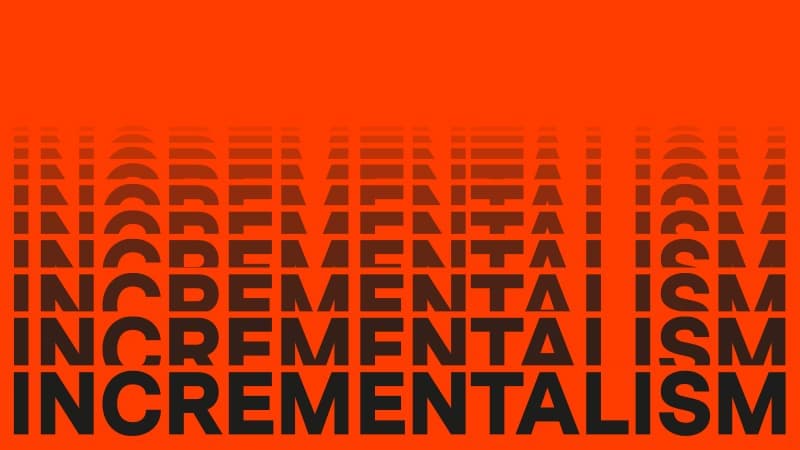Exploring the Depths of Colour
Every colour has a story. One that includes a collective understanding of its history and usage throughout time, as well as a very personal perception. Take blue for instance. Does it spark joy or does it have negative connotations? And is blue really blue? Or is it cobalt, indigo or cerulean? Considering the wide complexities of colour, in every aspect, how do you go about choosing the right one for your brand?
A brief history
The history of colour is vast. And although used and talked about since ancient times, the very first colour wheel was not presented until the 17th century when Sir Isaac Newton discovered the visible spectrum of light. During this time, it was thought that colour was the product of mixing light and dark, with red being the “most light” and blue the “most dark”.

A flawed theory according to Newton who began testing the properties of white light. In his classic prism experiment, he discovered that white light is composed of a variety of colours. He then mapped these out in an octave schema as the first colour wheel. Newton also realised that all secondary colours can be created by mixing primary colours, resulting in the first hue wheel which is today the colour wheel we might be most used to seeing.
The way we see colour
“Colour is fundamental to our experience of the world”. Those are the words of Kassia St Clair, author of The Secret Lives of Colour. But what makes colour, colour? In her book, St Clair explains that what we really see when we look at say, a ripe tomato or yellow paint, is actually light being reflected off the object’s surface into our eyes.
The visible spectrum only makes up a small proportion of the entire electromagnetic spectrum. Different things are different colours because they absorb some wavelengths of the visible light spectrum, while others bounce off. So the tomato’s skin is soaking up most of the short and medium wavelengths – blues and violets, greens, yellows and oranges. The remainder on the other hand, the reds, hit our eyes and are processed by our brains. So in a way, the colour we perceive and object to be is precisely the colour it isn’t.
What do different colours represent?
From an historical aspect, there is a general idea of what different colours mean. Green for instance, is considered one of the most pleasant on the colour wheel, with associations to nature, life, spring, hope, youth and health, but also to envy and poison. While red could represent love and courage, but equally sacrifice and danger. And yellow, which is often connected to clarity, energy and happiness, but which is also used to describe sickness and deceit.
And still, colour is subjective
Although these connotations have been shaped for centuries, they are still generic. We all have personal relationships to each and every colour, and these need to be considered as well. Perhaps you are disgusted by red because you were forced to wear an itchy red jumper as a child. Or maybe you love yellow simply because you grew up in a pretty yellow house. Colour is subjective and there is not one colour that has the exact same meaning to two different people. Because they are dyed by each person’s individual story.
Ahead of any new project, we always ask our clients if there’s any particular colour they have strong feelings against. A question that is generally answered with an instant ‘yes’.
It can be any colour really, although one that is often mentioned is purple. Now, we’ve just established that colour is subjective, so why is that? It’s possible that the explanation lies in the history of the colour and what it’s stood for over the years. Representing power, ambition and luxury to mention but a few, it’s fair to say that purple has a lot of force to it. Which is something that not everyone feels comfortable working with. But again, this sort of reasoning could be applied to any colour. And you can’t forget that there’s always that balance between the general opinion of a colour and your own.
The technicalities
When it comes to choosing colour for your brand, you will naturally consider the emotional part which includes your own personal preference and general opinions – but there’s also a very technical aspect to adhere to.
Say you want your primary colours to be yellow and green, then you need to pin down what shade of yellow and what shade of green, as well as what pantones. Do your preferred colours work well together? You must also think about the practicalities of your brand, where it will live, digital and print usage and choice of RGB and CMYK colours because of that. And in terms of printed material, you must also think about the use of coated or uncoated paper. This is important as the same pantone colour will vary in visual appearance depending on stock.
In other words, choosing colour for your brand is far more complex than you might think. Because colour isn’t just colour. Each and every one of them carry heaps of history, influences, positives and negatives, which makes it impossible to find a colour combination that will please everyone. This, on the contrary, means that there are no rights and wrongs.
So whatever colour you end up choosing, make sure you believe in it, love it and feel proud of it. Because in the end, that’s what will make it work.
If you need our brand design agency to answer any questions you have around colour, then drop us a line on hello@steve-edge.com.
- Share:


